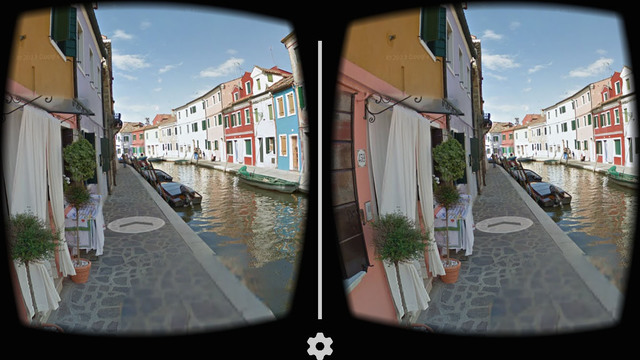It may not get as much attention as displays, tracking and other systems right now, but audio is a crucial part of the virtual reality (VR) experience. In order for users to truly believe they’ve entered another environment every aspect of that experience needs to feel authentic, including the way audio reacts to the player’s position and direction. Oculus VR has done a lot of work on this front with its audio software development kit (SDK) for the Oculus Rift, and now Google is updating the SDK for its Google Cardboard smartphone-based HMD with spatial audio support.
Obviously these new capabilities will be best realised when the user is wearing a pair of headphones. “Many apps create simple versions of spatial audio—by playing sounds from the left and right in separate speakers,” the company explained in an official blog update. “But with today’s SDK updates, your app can produce sound the same way humans actually hear it.” It also stressed that these additions will have a ‘minimal impact’ on the primary CPUs of the smartphones that are running the given experience.
This isn’t Google’s only VR news for the week, as it was recently announced that the company has also started up a new division devoted to the technology. It looks like that company will be doing much more work in this space going forward, then. Whether that will result in an expansion of the Google Cardboard project or perhaps some entirely new products remains to be seen. For now, though Google Cardboard owners can enjoy VR support for popular apps such as YouTube and Google Street View, which support 360 degree media.
For the latest on Google Cardboard, keep reading VRFocus.
-END-
The post Google Adds Spatial Audio in New Cardboard SDK Update appeared first on VRFocus.










![Insta360 X4 Video Compilation [No Talking]: 8K, Slow-Mo, Timelapse](https://news.lecce360.com/wp-content/uploads/2024/04/1713362788_maxresdefault-218x150.jpg)




